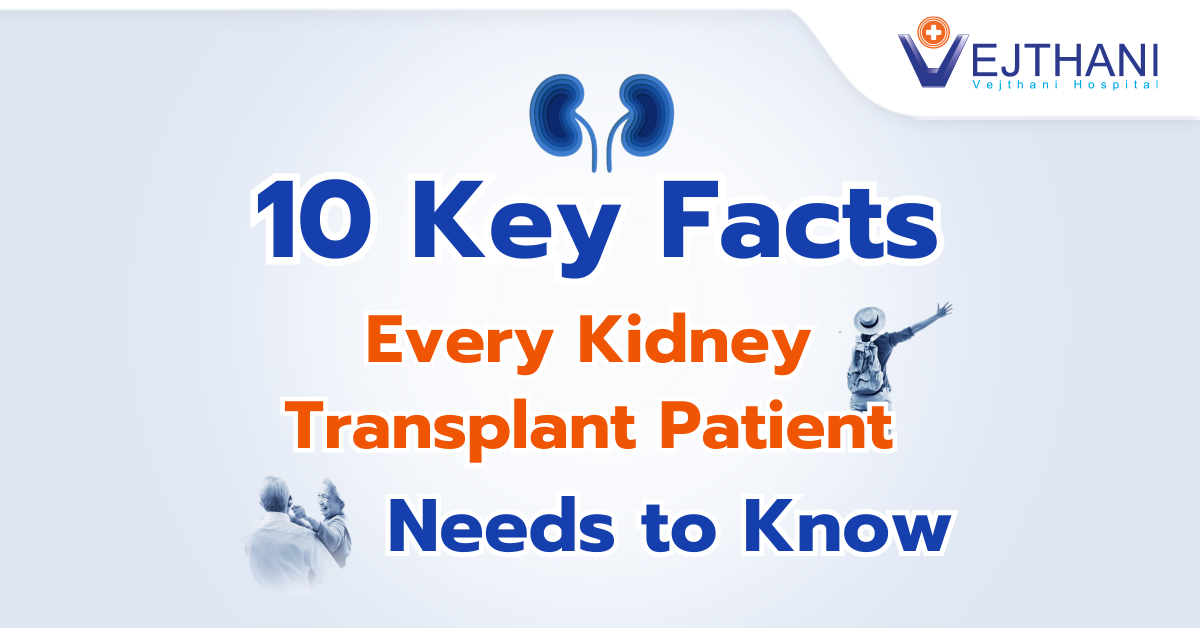
Balloon mitral valvotomy
Overview
Balloon mitral valvotomy is a minimally invasive surgery that is sometimes referred to as Percutaneous Balloon Mitral Valvuloplasty (PBMV) or Percutaneous Transvenous Mitral Commissurotomy (PTMC). It comes with the guided insertion of a thin, flexible catheter into the heart through the groin femoral vein. The balloon at the end of the catheter is quickly inflated after it reaches the constricted mitral valve.
This inflation effectively widens the mitral valve leaflets that have narrowed or fused. Balloon mitral valvotomy maximizes the flow of blood from the left atrium into the left ventricle by expanding the opening of the mitral valve. This provides a focused and effective treatment by reducing the symptoms brought on by mitral stenosis and improving heart blood flow.
Mitral stenosis is described as a narrowing of the blood flow through the mitral valve, which is located between the left atrium and the left ventricle. This valve is vital to the unidirectional flow of blood from the left atrium to the left ventricle. Efficient treatments are of utmost importance due to the consequential impacts of mitral stenosis. These effects encompass the stagnation of blood in the left atrium, leading to symptoms such as breathlessness, palpitations, and chest pain, among others.
Reasons for undergoing the procedure
- When the mitral valve narrows to less than 1.5 square cm.
- Brain stroke occurring in the presence of mitral stenosis.
- If an individual with pre-existing mitral stenosis is considering pregnancy.
- When a patient exhibits breathlessness symptoms due to valve narrowing.
- The detection of elevated pulmonary blood pressure (pulmonary hypertension) through echocardiography.
Risk
Balloon mitral valvotomy, a catheter-based technique, carries a lower risk of complications compared to open heart surgeries like commissurotomy or valve replacement.
Similar to all medical procedures, valvuloplasty carries the potential risks of infection or bleeding. If you are pregnant or suspect you may be pregnant, it is imperative to inform your healthcare provider. Valvuloplasty and the associated radiation exposure from X-rays during the procedure can pose risks to both pregnant women and fetuses. Furthermore, there is a possibility of the heart valve narrowing again following valvuloplasty. Your individual risk factors are contingent on your overall health, and your healthcare provider can provide comprehensive insights into all potential risks or complications associated with valvuloplasty.
Before the procedure
The healthcare provider will provide the patient with comprehensive instructions on preparing for a valvuloplasty. In preparation, the patient should refrain from eating or drinking the night before the surgery. It may also be necessary to temporarily discontinue any blood-thinning medications or anticoagulants.
On the day of the surgery, it’s essential for the patient not to wear any metal items, such as jewelry or removable retainers. Upon arrival at the hospital, the medical staff will administer anesthesia or sedative medication to ensure relaxation during the procedure. Typically, patients remain awake throughout the process.
During the procedure
Throughout the process of balloon valvotomy, the healthcare provider will:
- Inserts a sheath—a tiny, hollow tube—through a blood vessel in the shoulder, arm, or groin.
- Inserts a catheter with a deflated balloon through the sheath.
- Use X-rays and a contrast dye injection to guide the catheter to the heart valve.
- Opens the narrowed heart valve by inflating the balloon.
- Close the insertion site using tiny sutures or a specialized surgical adhesive after removing the catheter.
After the procedure
The patient will proceed to a recovery area following the surgery. They will have to wait a few hours before bending their leg if the catheter passed through their groin. Depending on a number of factors, they could lie in bed for two to six hours.
In order to remove the contrast dye from their body, the patient must drink a lot of water. They will need to use a bedpan or urinal while they are on bed rest.
After a balloon valvotomy, they can typically move around and get up several hours later. Most individuals go home the following day.
Outcome
Balloon mitral valvotomy aims to improve heart function and blood flow, may be able to delay or prevent valve replacement. Compared to open-heart surgery, this minimally invasive procedure has a number of benefits, such as a quicker recovery, less scarring, a decreased chance of complications, and less pain. It offers a potentially effective way to enhance heart health with the least amount of negative effects on the patient.
Symptom relief is rapid and striking following balloon mitral valvotomy. The procedure reduces left atrial pressure and improves cardiac output. In addition, patients with sinus rhythm benefit from improved left atrial pump function, and those with atrial fibrillation benefit from increased left atrial reservoir function.
The length of recovery following balloon valvotomy depends on a number of factors, including general health and heart condition. Following the treatment, it’s generally advisable to refrain from swimming and strenuous exercise for a period of five to seven days. While many individuals can resume work after about a week, those with physically demanding or labor-intensive jobs may require a more extended recovery period. The full return to one’s regular routine after balloon valvotomy may take up to eight weeks due to the comprehensive healing process involved. Achieving a successful recovery hinges on considering individual health factors and diligently following the guidance provided by medical specialists.
If the patient experiences any of the following after the balloon valvotomy, contact the healthcare provider immediately:
- Fever or chills
- Bleeding at the incision site
- Pain or swelling that may be worsen
- Chest pain
- Fainting or syncope
- Dizziness
- Nause or vomiting
- There is increase in weight around 3 pounds in a day.
Contact Information
service@vejthani.com






















